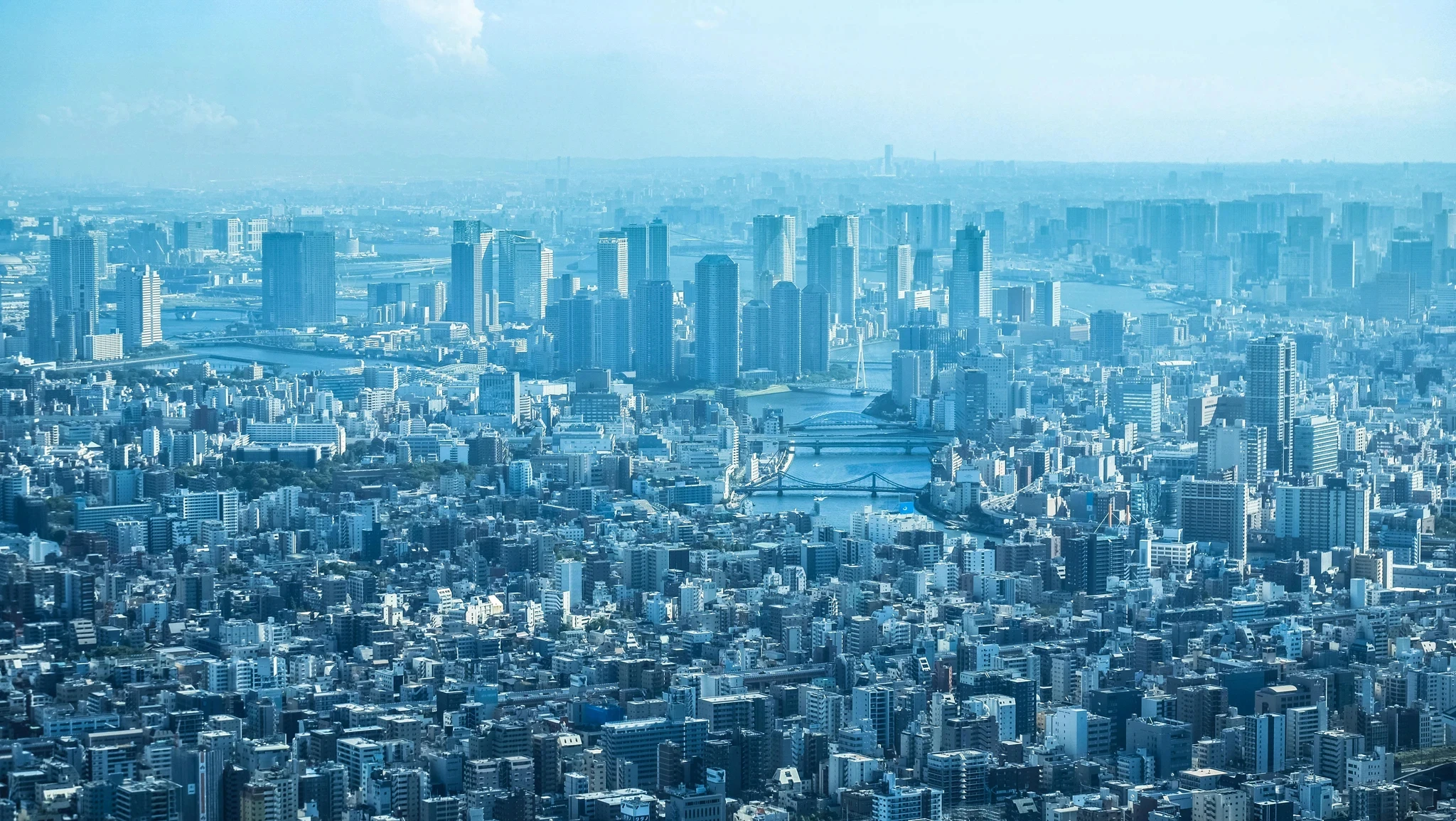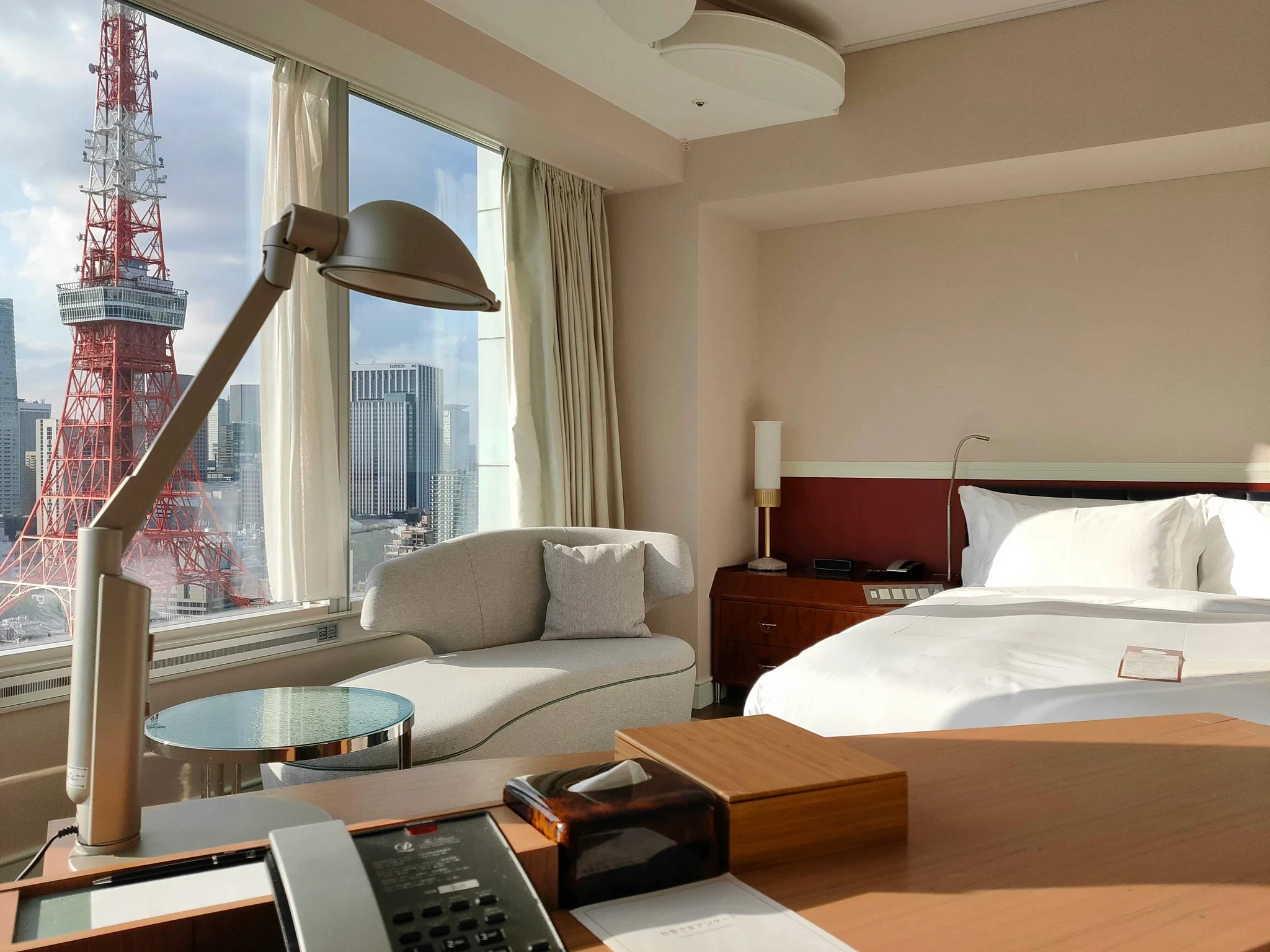Tokyo Travel
An elegant journey begins the moment wheels touch the tarmac. From seamless airport arrivals to navigating Tokyo’s mesmerizing railways, here’s how to experience the city with comfort, clarity, and grace.
February 22, 2025
11 mins read
Arriving in Tokyo is not merely a logistical step—it is a beautifully choreographed prelude to the city’s deeper rhythms. Whether you descend into the futuristic terminals of Haneda or glide across the lush rice paddies surrounding Narita, Tokyo ensures that your first moments on Japanese soil are infused with quiet efficiency and understated hospitality.
Choosing the Right Arrival Airport
Tokyo is served by two major international airports, each offering a distinct rhythm to your arrival.
Narita International Airport (NRT): Positioned about 60–90 minutes from central Tokyo, Narita is the city’s international gateway for most long-haul flights. Ideal if your hotel is in Ueno, Asakusa, or eastern Tokyo, or if you’re arriving on a trans-Pacific route.
Haneda Airport (HND): Located much closer—just 20–40 minutes from the heart of the city—Haneda is favored for its speed and modern efficiency. Perfect for those staying in Ginza, Shibuya, or Roppongi, or travelers keen on maximizing their time.
If comfort and speed are top priorities, Haneda is often the better choice—especially for evening arrivals when jet lag and traffic can slow your pace.
From Narita Airport:
Narita Express (N’EX): A reserved-seat express train that connects Narita Airport with major hubs like Tokyo Station, Shibuya, Shinjuku, and Ikebukuro. The journey to Tokyo Station takes about 55 minutes and costs around ¥3,070. Spacious seating, onboard Wi-Fi, and panoramic countryside views offer a serene start to your Tokyo experience.
Keisei Skyliner: A high-speed service to Ueno and Nippori stations in about 40–45 minutes, costing approximately ¥2,570. It’s fast, efficient, and connects smoothly to the Tokyo Metro system.
Limousine Bus: Direct, comfortable service to major hotels and districts like Shinjuku, Roppongi, and Ikebukuro. Fares range from ¥3,200–¥3,600, depending on the destination. Ideal for travelers with large luggage or those preferring a no-transfer option.
Taxi: A taxi from Narita to central Tokyo takes 60–90 minutes and costs approximately ¥25,000–¥30,000. Flat-rate services are available via airport counters. Best for families or those arriving late at night.
From Haneda Airport:
Tokyo Monorail: Scenic and fast, this service connects Haneda to Hamamatsucho Station (JR Yamanote Line) in about 20 minutes. Cost: ¥500. Excellent for those heading to central and southern Tokyo.
Keikyu Line: Direct underground rail line with access to Shinagawa (13 min, ¥300) and integrated connections to the Asakusa Subway Line. Great for travelers heading to Ginza, Nihombashi, or Asakusa.
Limousine Bus: Stops at major hotels and city hubs. Fares are typically ¥1,300–¥1,600 depending on your destination. A no-fuss, door-to-door option.
Taxi: A ride to central Tokyo takes 20–40 minutes and costs between ¥7,000–¥12,000 depending on traffic and destination. Flat-rate options are available.
✧ Tip: For solo travelers or couples with light luggage, trains offer speed and value. For groups or those prioritizing comfort and ease, consider limousine buses or flat-rate taxis.
Navigating Tokyo's Transport System
To move through Tokyo is to engage with a living work of art. Its railways hum with precision, each line an artery in a vast circulatory system that keeps the city gracefully in motion. From the moment you descend into the stations, there’s a rhythm to the experience—unspoken, yet universally understood.
The Japan Rail (JR) network forms the foundation, with the iconic Yamanote Line tracing a perfect green loop around Tokyo’s most beloved districts. It glides through Shibuya, Shinjuku, and Ueno, offering a seamless journey between tradition and trend. Beneath the surface, the Tokyo Metro and Toei Subway lines unfurl in all directions, each transfer a small act of choreography. Despite the complexity of the map, the system is designed for clarity—logical, timely, and almost meditative in its order.
Touchless IC Cards for Public Transit
For those seeking both convenience and refinement, Tokyo’s IC cards—Suica and Pasmo—offer the perfect solution. These sleek, contactless cards can be picked up upon arrival at major stations or airports, and once in hand, they become your quiet companion across the city. With a gentle tap, you glide through train gates, board buses, or even purchase a chilled bottle of green tea from a vending machine.
Both cards are universally accepted across Tokyo’s extensive public transport networks and can be effortlessly recharged as needed. For iPhone users, Suica can also be added to Apple Wallet, allowing you to navigate the city with nothing more than a graceful flick of the wrist.
For those planning a day of extensive travel across the city, several unlimited-use passes offer excellent value:
Tokyo Subway Ticket: Available in 24, 48, and 72-hour options for ¥800, ¥1,200, and ¥1,500 respectively. Valid on all Tokyo Metro and Toei Subway lines—ideal for visitors staying in the city center.
JR Tokyo Metropolitan District Pass (Tokunai Pass): ¥760 for unlimited rides on JR East lines (including the Yamanote Line) within Tokyo’s central area. Great for sightseeing focused around major JR hubs.
Tokyo 1-Day Ticket: ¥1,600 for unlimited rides on Tokyo Metro, Toei Subway, JR lines within the 23 wards, and some buses. Best for ambitious, all-day explorers.
These passes can be purchased at airport counters, major train stations, and select tourist information centers. While not always cheaper than individual fares, they offer convenience and peace of mind for full-day adventuring.
If traveling with family or elderly guests, arrange porter service or a hotel staff escort through larger stations—it’s a small detail that makes a big difference.
Taxis and Ride-Hailing in Tokyo
While trains are often the fastest and most efficient way to get around Tokyo, taxis and ride-hailing services offer a more personalized, door-to-door experience—particularly helpful when traveling with luggage, in inclement weather, or during the late-night hours when train service slows.
Taxis in Tokyo
Spotless vehicles, white-gloved drivers, and automatic doors set a tone of refined service.
Found readily outside major stations and hotels.
Most accept credit cards and IC cards like Suica and Pasmo.
Base fares start at around ¥500–¥700, increasing by time and distance. Expect to pay ¥1,000–¥2,500 for most trips within central Tokyo.
Tip: Have your destination written in Japanese or displayed on your phone if needed. English proficiency varies.
Peak hour surcharges or slower travel may apply between 8–9am and 5–7pm.
Ride-Hailing Options
Uber Black: High-end vehicles with professional drivers. Best for airport transfers or business travel. Prices are higher than taxis, but booking is seamless and fully in English.
UberX: Rare in central Tokyo but occasionally available in suburban areas.
GO App (formerly JapanTaxi): A reliable alternative for booking licensed taxis with an English-language interface. Combines traditional taxi service with app-based convenience.
Whether using a taxi or Uber, booking ahead—especially during peak travel hours or from the airport—ensures a smoother, faster transition to your destination.
Private Transfers and Chauffeur Services
For those seeking an even more curated arrival, Tokyo’s premium transfer options do not disappoint.
Private airport transfers can be arranged via hotel concierges or luxury providers like Blacklane or MK Taxi.
Choose between elegant sedans, executive vans, or full-size limousines.
English-speaking drivers and luggage handling are usually available upon request.
Consider booking a full-day chauffeur to explore multiple districts with ease—particularly valuable when traveling with family or in high summer heat.
The Poetry of Precision
There is a quiet poetry in how Tokyo moves. To step into a train carriage here is to be swept into an unspoken choreography: trains gliding in precisely on time, platforms immaculate and intuitively organized, announcements gentle and rhythmic. Nothing is rushed, yet nothing is wasted.
Passengers board and disembark with unhurried grace. Phones are muted. Conversations, if any, are hushed. Even during rush hour, there’s an underlying civility—an understanding that movement in Tokyo isn’t a disruption of life, but a continuation of its order.
This infrastructure, beneath its utilitarian shell, is a kind of hospitality. It offers not only efficiency, but serenity. It allows you to travel far, and feel grounded all the while.
Download the Navitime or Google Maps app with Japanese transit data for live route planning—it’s as smooth and helpful as the trains themselves.















